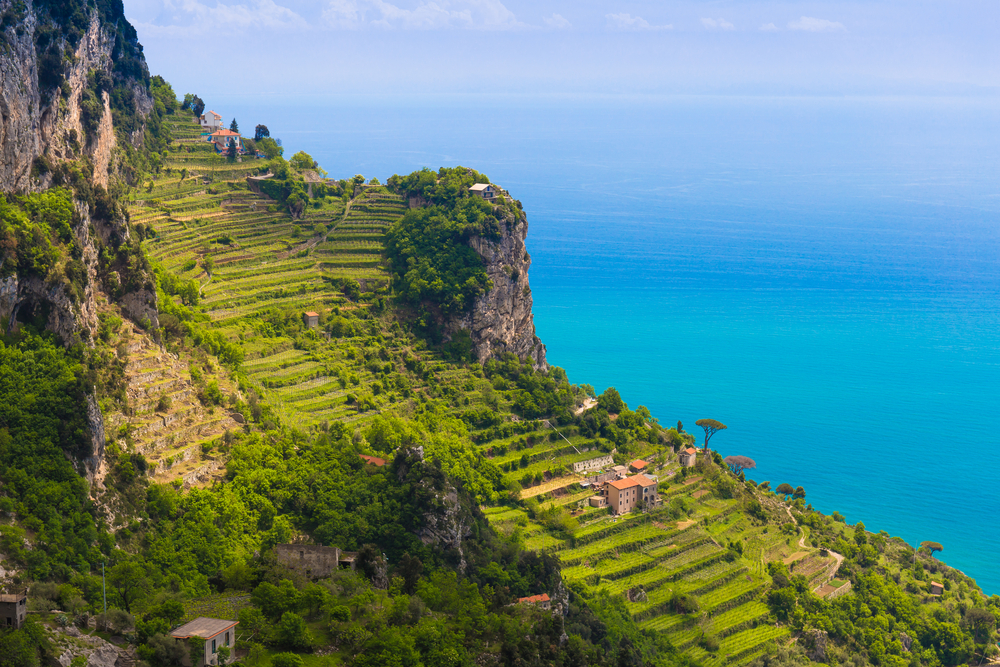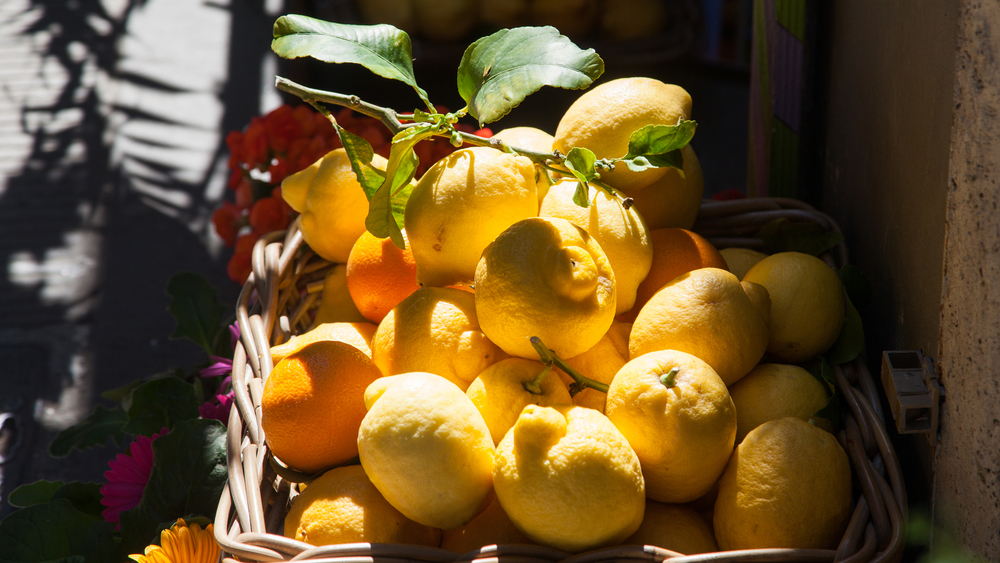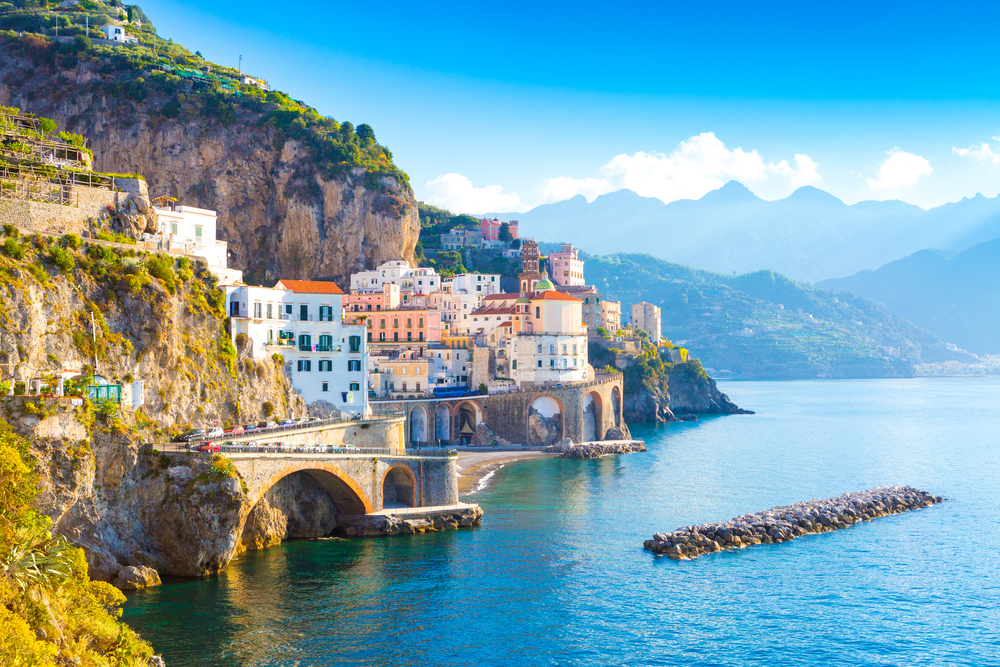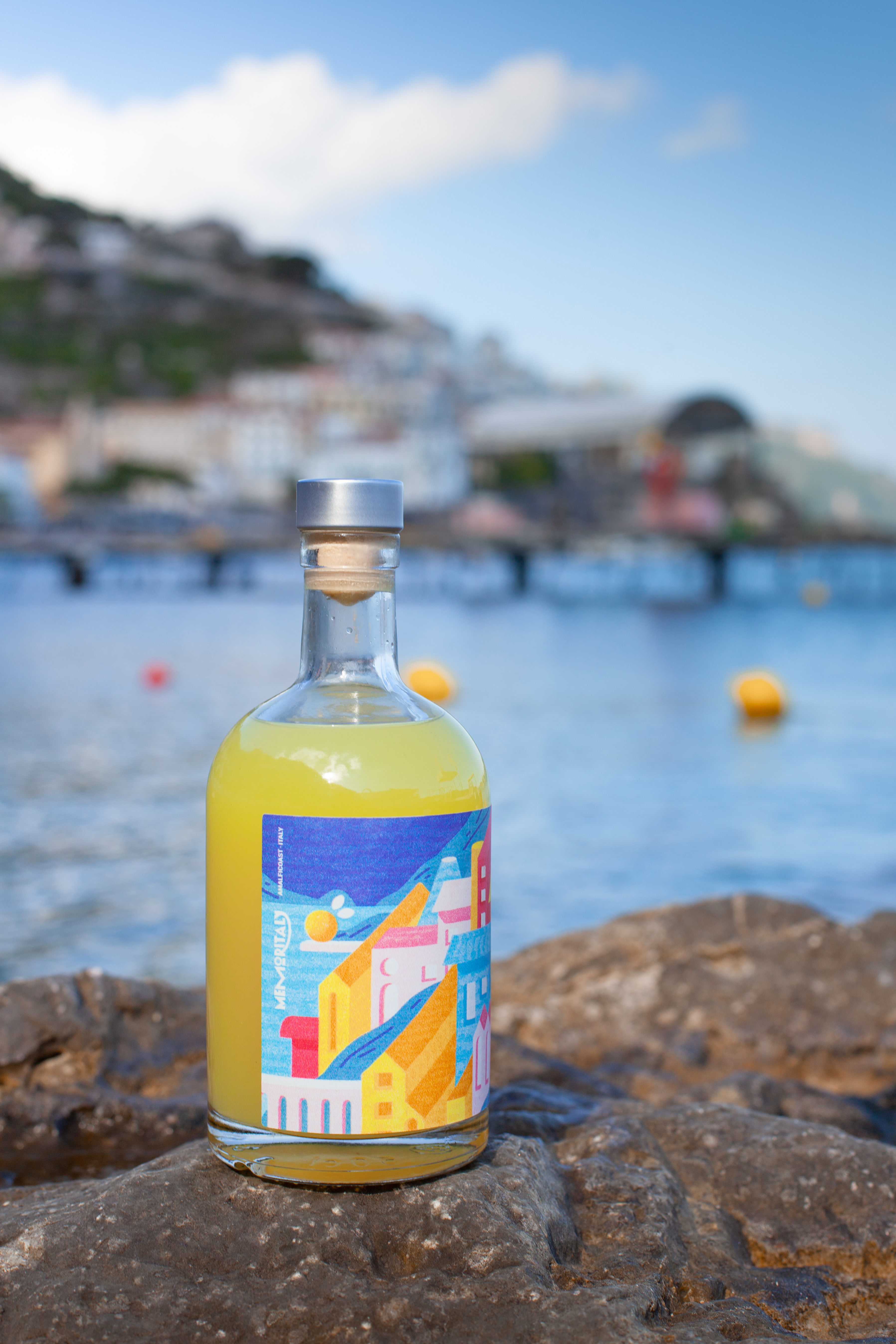Limoncello is — for many visitors to Italy — a quintessential holiday drink. It’s synonymous with long, languid dinners in southern Italy, a marker to signal the end of the meal and the beginning of dancing and merriment.
Just like other classic Italian consumables like carbonara or tiramisù, though, the history of this bittersweet Italian liqueur isn’t as ancient as we might imagine. Depending on who you ask, the roots of limoncello can be traced back to Sorrento, Amalfi or Capri, with whimsical stories about merchant traders and monks bottling the stuff throughout the Middle Ages. In reality, it’s likely that every village had its own recipe for lemon-infused alcohol.
Artisanal limoncello is making a comeback. We talk to the founder of Dolceterra — a platform dedicated to sharing the finest Italian ingredients and products — about what goes into making a truly excellent limoncello.
What even is “real” limoncello?

Historically, limoncello was created as a home remedy to aid digestion after meals. Luciano, owner and founder of Dolceterra, explains that limoncello has by nature “always been an artisanal product, which began in the homes of local families, with recipes handed down from generation to generation.”
“The history of limoncello production in Italy is rich in tradition and culture,” he continues. Its origins are linked to the beautiful region of Campania, home to the Amalfi Coast. Lemons have been grown in and around Amalfi since the 12th century, and the coastline built much of its fortune on cultivating and exporting citrus fruit. As such, it’s only natural that local people sought ways to preserve the peel, juice and even leaves of the lemon in whatever ways they could.
At its best, limoncello is a natural liqueur which delights the palate and offers unparalleled complexity and depth of flavor. But not all limoncellos are made equal.
According to Luciano, there are many schools of thought on the correct method for making limoncello, but the main debate is around two elements: ingredients and infusion time. The so-called traditional method requires few ingredients — untreated lemons, pure 95% ABV alcohol, sugar and water — but a lot of patience. The essential step of this preparation method is the lemon infusion: You need to put lemon peels in a heat-resistant glass bottle and pour the pure alcohol on top. You then close the bottle tightly and let it sit in a dark place for at least two weeks. This process will allow the alcohol to absorb the flavor of the lemons.
OK. But what makes a good limoncello?

In recent years, other recipes have been developed which call for a much-reduced infusion time, ranging from just one to three days. There are yet other recipes that call for using vodka as the basic ingredient in the preparation of limoncello instead of pure alcohol. “There are currently differing opinions on the best method to use when making limoncello,” Luciano says tactfully, “but if you ask an Italian grandmother, she will surely tell you that the best method is the traditional method!”
During the 20th century, the popularity of limoncello grew as international travelers started visiting Italy, and many families began marketing it. Luciano explains that in the 1980s, the limoncello industry underwent an explosion of interest, with many artisanal distilleries becoming successful businesses on a national and international scale.
There are several factors that differentiate a good limoncello from a low-quality one.
First and foremost, the quality of the lemons is paramount, because a good limoncello lets the intense and authentic flavor of high-quality fresh lemons shine. The alcohol content is a consideration — reaching just the right balance to counter the lemon flavor — as is the sweetness, striking a balance to ensure it is neither too sugary nor too sour. Finally, the limoncello must be made with an infusion of properly macerated lemon peels to get the full flavor, and must be clear and free of sediment or impurities.
Traveling the boot through limoncello

Limoncello traditions also vary widely from region to region in Italy, with the diversity reflecting the geographical and cultural characteristics of each place. For example, in Campania, on the Amalfi Coast and in Sorrento, the limoncello famously uses local Sorrento lemons, which are considered the best in the world for their rich and aromatic taste. Here, the artisanal tradition is strong, and many families continue to make it following secret recipes handed down from generation to generation.
In southern Italy, limoncello is often considered a welcome offering for guests and a digestive drink after meals. In contrast, in northern regions such as Liguria, limoncello maybe less common, but there are local variations such as “limoncino,” made with lemons from the area.
Those who find the bittersweet tang of classic limoncello too much might also be interested in trying “cream limoncello,” which Luciano describes as having a “softer, more velvety flavor than traditional limoncello. Limoncello cream has a slightly lower alcohol content, around 17-20%. Overall, the two drinks offer different but equally delicious taste experiences.”
Limoncello production has been regulated to ensure its quality and tradition, but there are still many small family distilleries keeping alive the recipes and techniques handed down over the centuries. Dolceterra allows you to order some of the most authentic bottles to your own home.
About Dolceterra

Dolceterra is an e-commerce company that transports the authentic Italian culinary experience directly to your doorstep, delivering the Italian dolce vita across the United States and the rest of the world. The founders are Italian, dedicated to carefully selecting the best artisanal gourmet products from every region with a focus on quality and attention to detail. They offer a wide range of delicacies, including extra virgin olive oil, excellent cheeses, high quality pasta and more. Stock up on Dolceterra goodies here.












